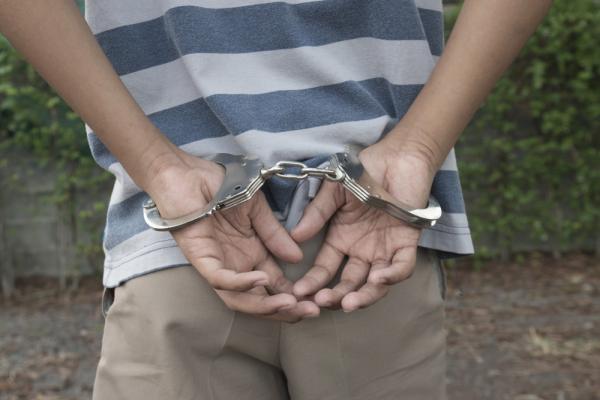Mar 22, 2018
Between 50 and 70 percent of the young prisoners in state juvenile justice systems have a mental disability, but an analysis of those systems found that only one state — Indiana — requires all teachers in such facilities to have special education certification.
Read the Full Article

Already a subscriber? Login
